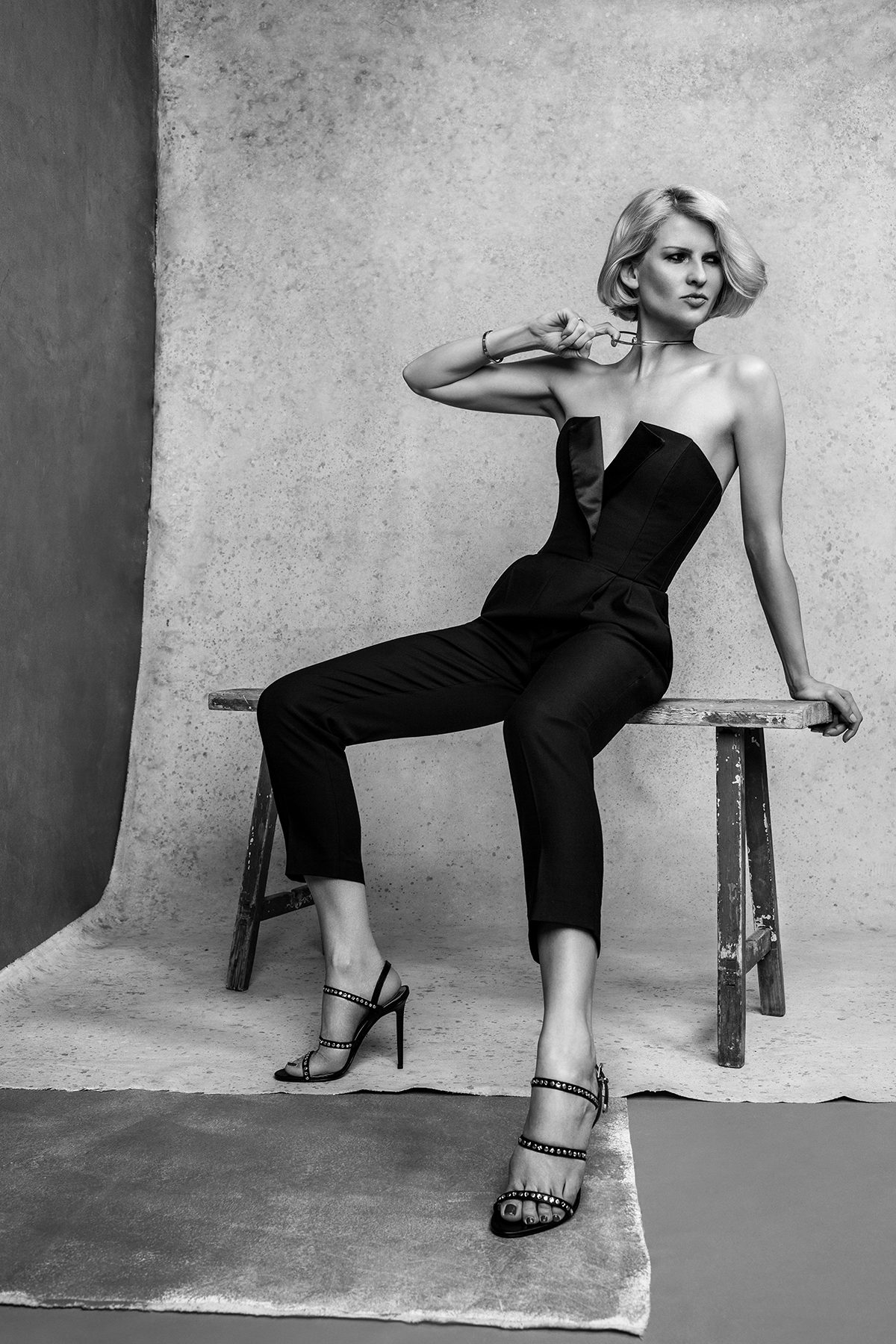
Polina Kitsenko promotes fitness in the Running Hearts marathon, which she cofounded with Natalia Vodianova

Gauhar Kapparova
Russian style and fitness guru Polina Kitsenko wants it all. Co-founder of the biggest charity marathon in her home country and of a new sports club, she is obsessed with making health and fitness the heart of the luxury lifestyle. She takes time out to speak to LUX Editor-at-Large Gauhar Kapparova
LUX: Which aspect of your life inspires your half-million Instagram followers the most: the fitness inspiration, your style choices, your charity work, travel?
Polina Kitsenko: Instagram has changed so much in the past few years, especially its purpose and influence. It used to be enough just to upload a picture of yourself in a nice outfit, or to put up a pink sunset and get your share of likes. Today Instagram has turned into a powerful way to educate and communicate with people. People want content, something that inspires them, teaches them. But the most important thing isn’t the actual image – it’s what can be found underneath. Engagement comes more from the comments, where an article, post, or call to action is arguably more important than the visual content. Captions used to be short, but now you get whole essays that can barely even fit on one post. As a rule, the longer the text and the more current the issue, then the more the audience will engage.
Follow LUX on Instagram: luxthemagazine
LUX: How do you feel about the term ‘influencer’? Does it describe what you do?
Polina Kitsenko: I’m against any type of branding, like calling someone a blogger, influencer or philanthropist. Everybody has a multidimensional personality and can’t be put in a box like that. Anyone with a social media account is an influencer, whether they have 100 followers or 100 million. They are still influencers for their followers. Instagram now is a vital means of communication and information. We once got the news in newspapers or on TV, but nowadays news is when someone we follow goes somewhere, does or says something, or writes something interesting. Everyone is an influencer – we just have differently sized audiences.
LUX: What advice do you give your clients about building a social media presence?
Polina Kitsenko: I can only give one piece of advice – content. It’s the key word. Instagram is a form of mass media from which we can learn a great deal. If the content that you’re creating is unique, then you have a competitive advantage over others in the same field. If it’s properly curated content, it will help you grow and gain interest.
LUX: You have many commitments, with motherhood, charity work, fitness, travel, your communications agency and #SlimFitClub sports studio, and motivational speaking. How do you balance all of these?
Polina Kitsenko: Obviously I can’t balance all of my interests. During the week, all my focus is on my work putting my services out to the public and promoting my projects and myself. My family really suffers during the week, but I try to make up for it at the weekends. It’s practically impossible for 21st-century working mums to find a balance. But I’m not sure that spending more time with your children improves your life or theirs. It’s important to do what makes you happy, because if you are happy and living your best life, then you can only make your family feel better. Trying to find a balance is like trying to walk to the horizon – you’ll never reach it.
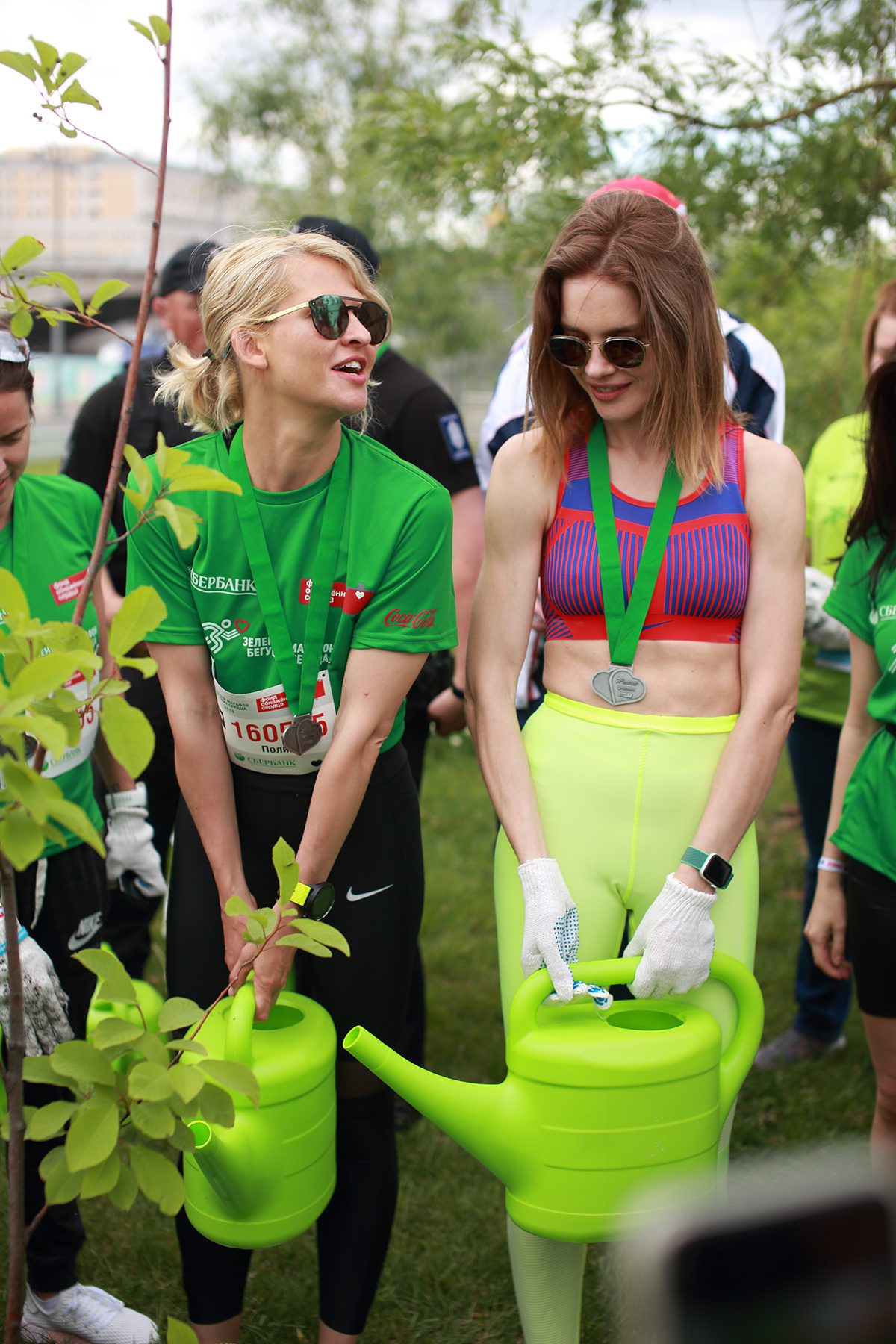
Polina with Natalia Vodianova
LUX: How did you attract support from Olympic champions and top actors and musicians for Running Hearts, the marathon charity you created with Natalia Vodianova?
Polina Kitsenko: That was the easy bit. First of all, most of these people are my close friends and secondly, as they’re already famous, they’re well used to helping public projects. And since we felt that we’d come up with a really good project, asking them to support something really beautiful and meaningful wasn’t hard at all.
LUX: What do fitness, running and exercise bring to your life?
Polina Kitsenko: Mainly the pleasure that it brings and how it widens my social circle. Sport in the fresh air allows the body to develop a more effective immune system and to unload the nervous system. Exercising in all weathers makes you tougher and less susceptible to infection. Training indoors can improve your fitness and muscles, but will hardly impact your health. You need to experience contrasting temperatures.
Read more: LUX interviews Instagram legend Gstaad Guy’s two alter egos
LUX: What advice would you give someone about developing a healthy lifestyle?
Polina Kitsenko: They say that 21 days are enough to change and form new habits, and this is what I believe. So, I think that it is necessary to go on a kind of journey similar to what we’ve set up at #SlimFitClub, such as #SlimCamp, where you can spend eight unforgettable days and you
won’t go hungry in the slightest. The first step is to establish healthy and tasty eating habits, but it’s not a diet. The second step is getting into the habit of exercising in the right way. And if you spend the first eight days doing this, it’s easier to continue once you’ve left. However, if you’re the only one in your social group who maintains healthy habits, it’s going to be extremely hard to change your lifestyle. It makes it easier if you find like-minded people like at a studio or a club, or a trainer with whom you enjoy spending time.
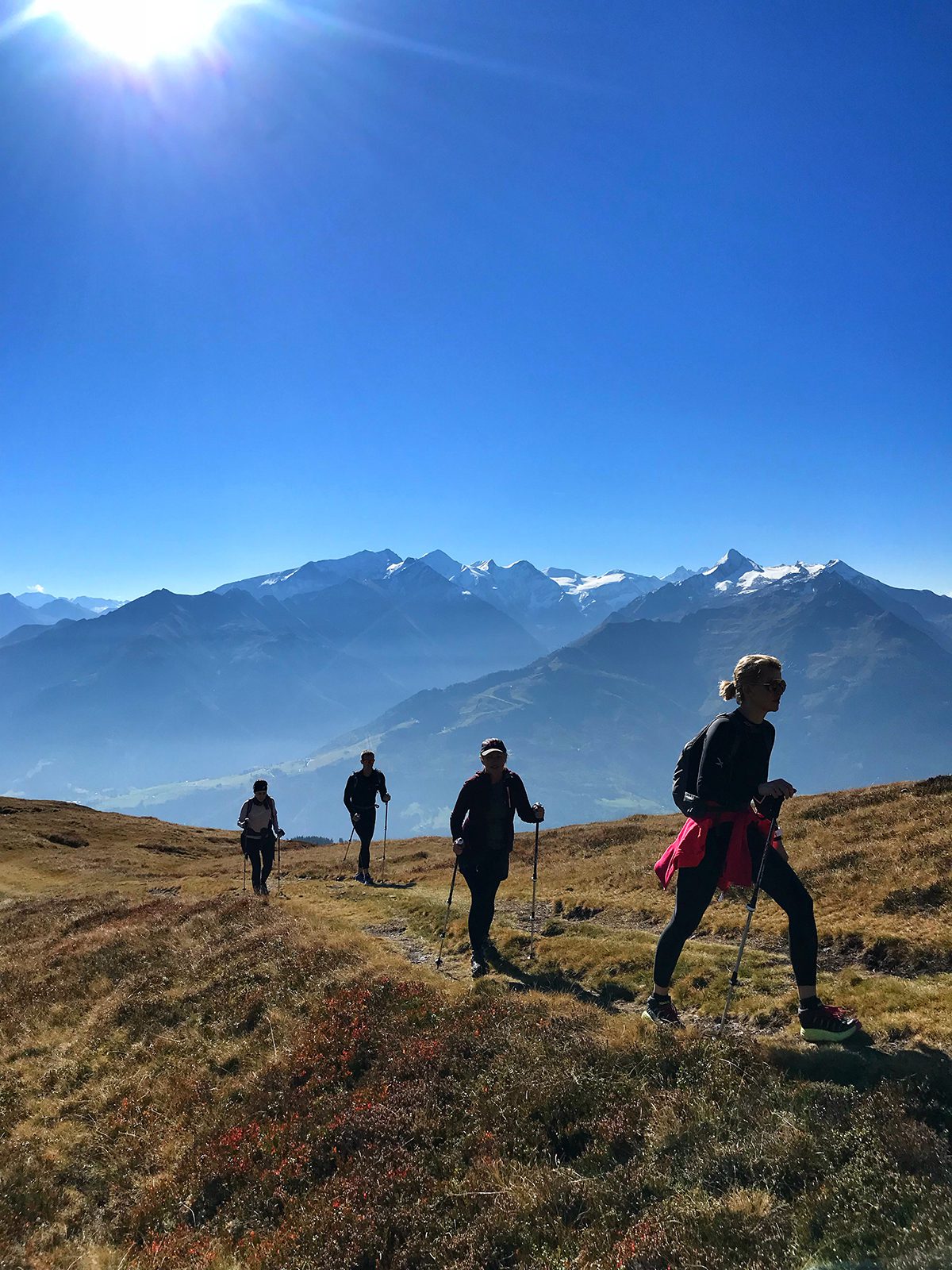
Polina trekking in the mountains
LUX: Your Instagram feed shows that you have an eye for fashion. Describe your style.
Polina Kitsenko: I have an eclectic taste. When looking for something to wear, I always think about
whether it’s appropriate for the weather, the surroundings and the occasion. It also has to be something I look good in. I love mixing up different styles. Some things I really love and my wardrobe is built around them. I like school dresses with little flowers and collars, biker boots, straw hats, denim, striped shirts, pumps, and I like trouser suits – they can be worn with plimsolls or dress shoes, or crop tops, so they’re not just for meetings or conferences.
LUX: Do you have any go-to designers?
Polina Kitsenko: I like to mix Dior with H&M or fast fashion, but I depend on brands less nowadays. What matters to me is that something suits me and that I like it. It shouldn’t be expensive or in my wardrobe already. Almost everything is in there.
Read more: Plaza Premium Group’s Founder Song Hoi-see on airport luxury
LUX: What changes over the years have you seen in the way modern women dress?
Polina Kitsenko: Modern women are more comfortable in the way they dress. People don’t dress up as much. There have been various economic crises, and over-consumption in society, and this is has led to the trend for eco-friendly fashion and ethical consumption. In Silicon Valley, the new IT-magnates are rebranding fashion. Steve Jobs started this trend of a limited wardrobe with his seven identical turtlenecks and seven identical pairs of trousers. Technically his clothes changed every day, but in essence, they stayed the same. Many people simply do not want to spend time thinking about what they’re going to wear. They find their own style, choose some key items, and just replicate them.
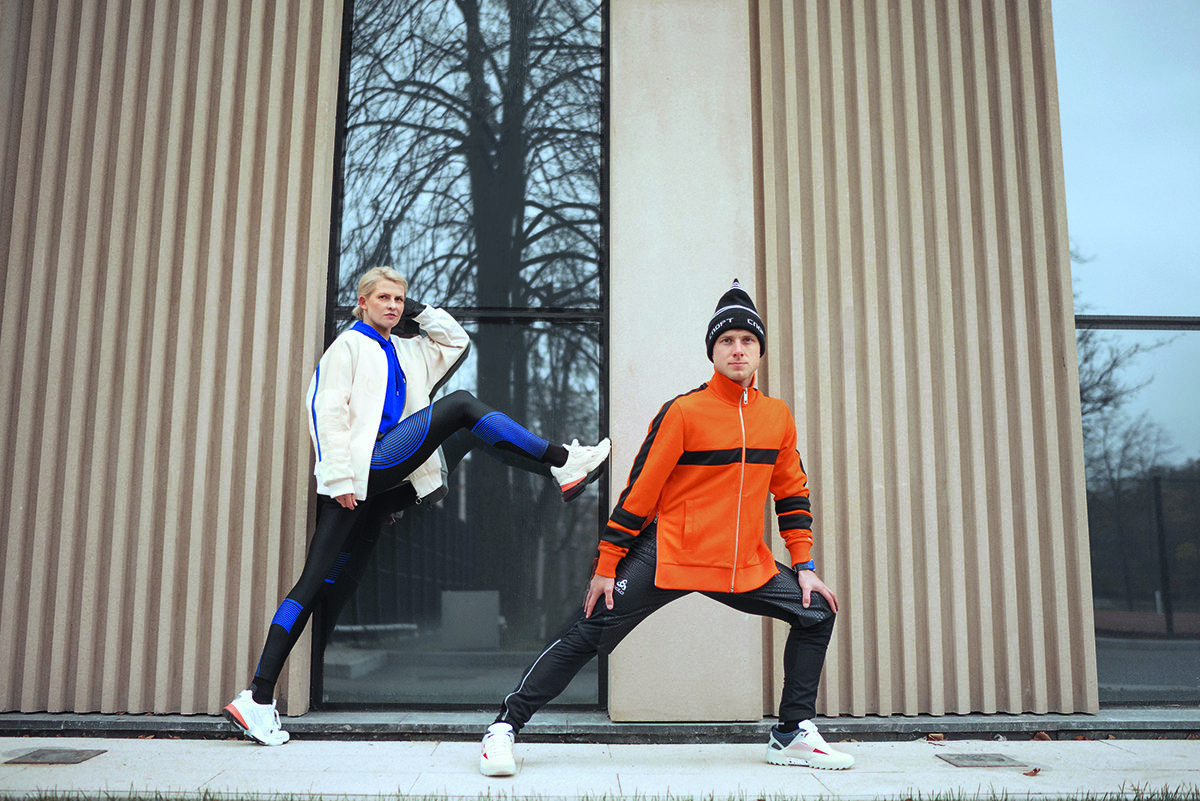
Polina at #SlimFitClub, her new gym in Moscow
LUX: Does being Russian inform your look?
Polina Kitsenko: I think that the world is so cosmopolitan today that no-one dresses in a way that reveals what country they’re from. We are all citizens of the world and my Russian heritage manifests
itself as more of an attitude. We used to really dress up because for decades we were deprived of everything. Thankfully today things have changed and we’ve levelled out.
LUX: What are made you the most proud of?
Polina Kitsenko: There have been many milestones in my life but the most significant ones recently have been the creation of our charity marathon and seeing it grow from a small race into an event with
thousands of people and raising a huge amount of money. It has given me great satisfaction to establish other socially significant projects that have been built on the knowledge that I have gained on this one. And there is my new project, #SlimFitClub, a studio of personal trainers and unique sporting adventures.
LUX: Describe your perfect day.
Polina Kitsenko: My perfect day happens very rarely. It’s a day when I achieve a balance and manage to do some exercise, work productively and spend time with my children, then go home, drink some champagne in the candlelight and go to bed at a reasonable time.
Follow Polina on Instagram: @polinakitsenko
This article was originally published in the Spring 2020 Issue.
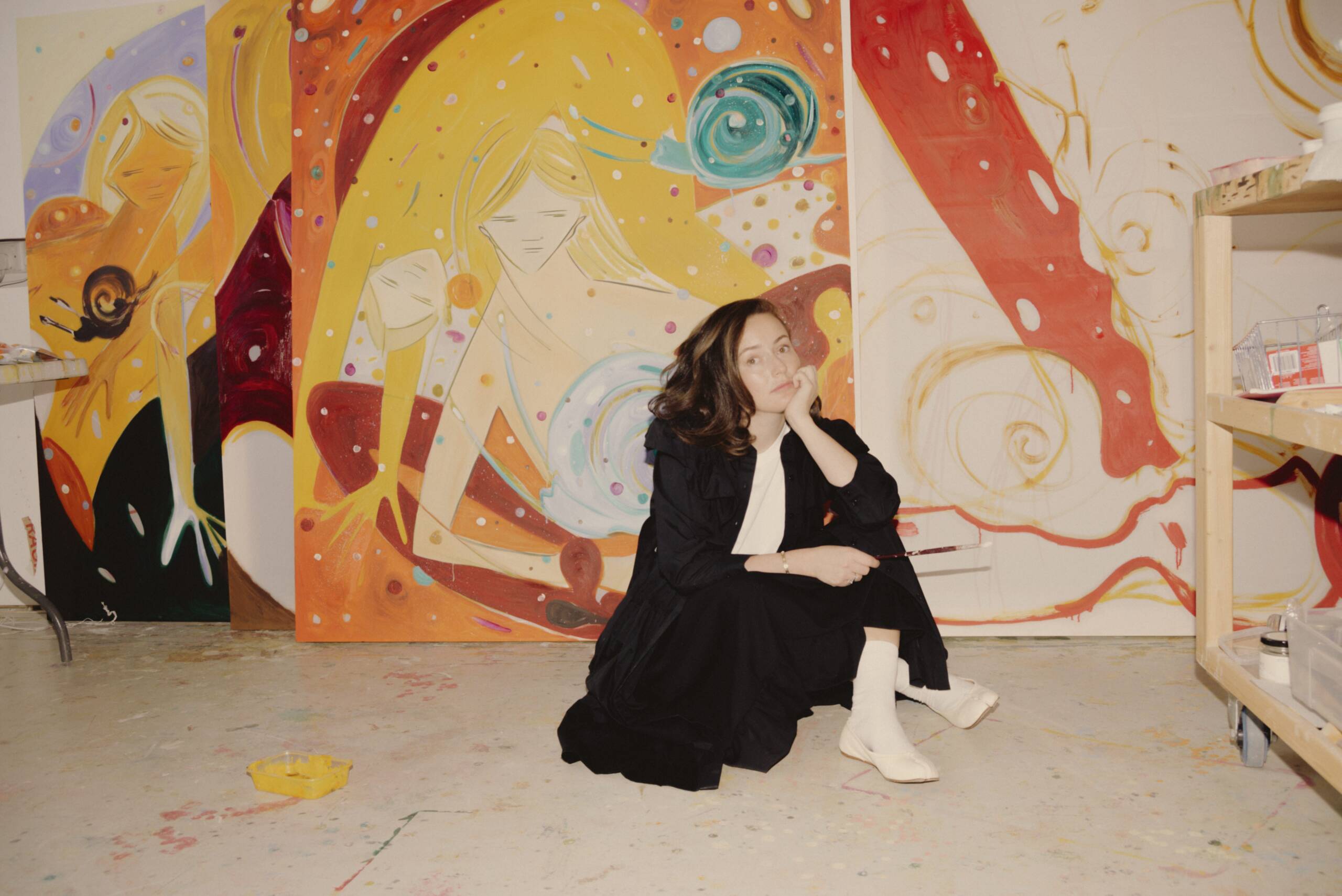
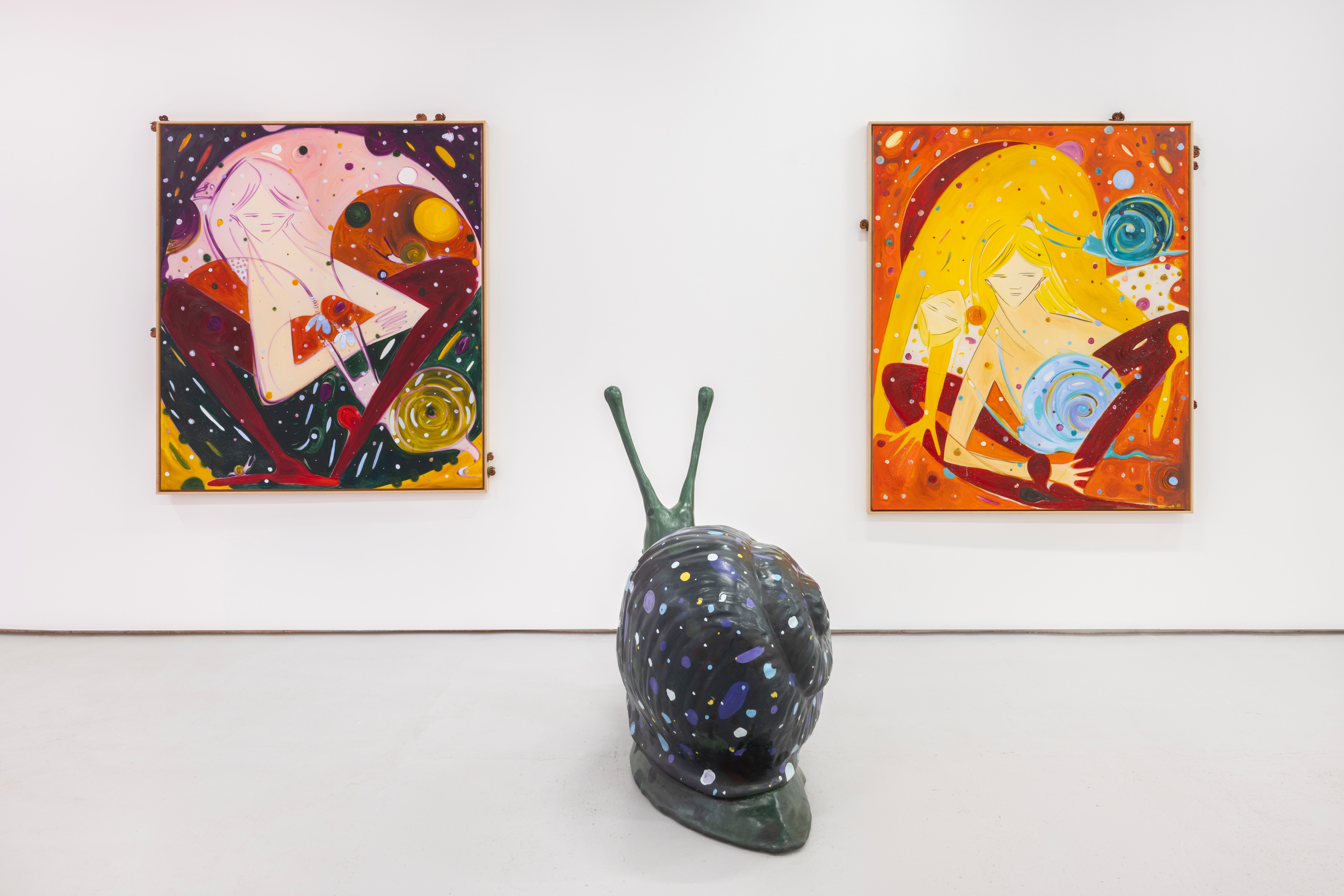
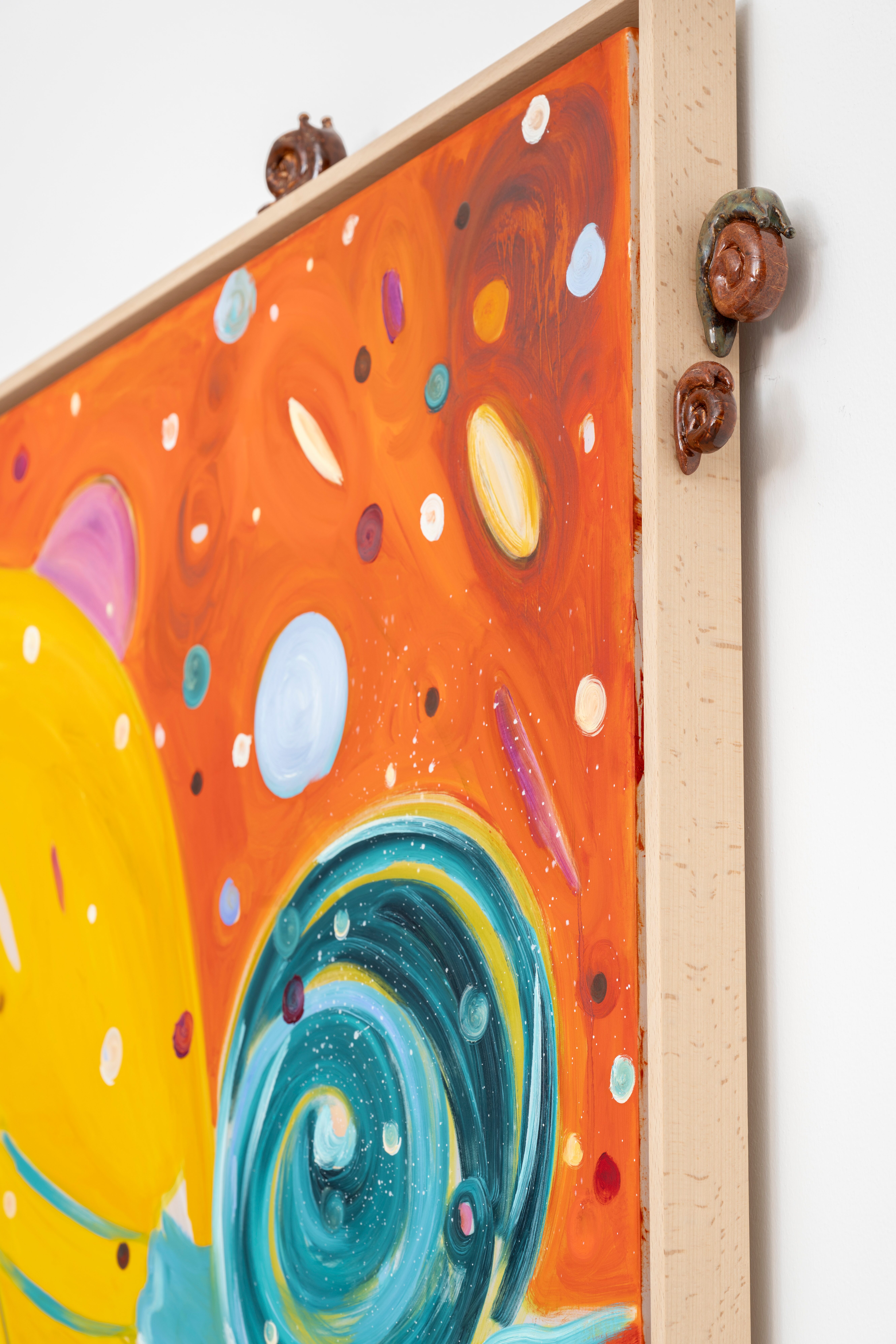
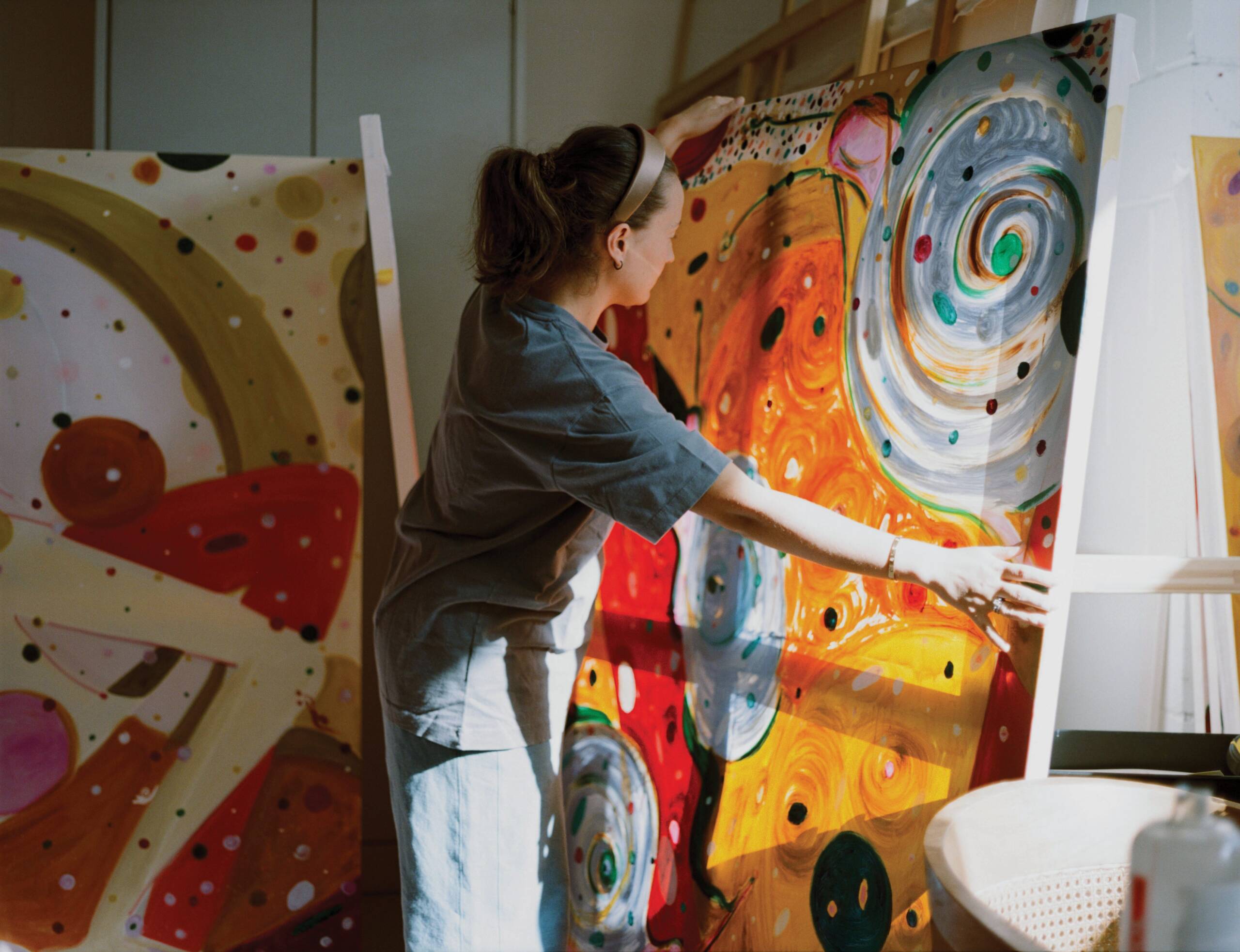




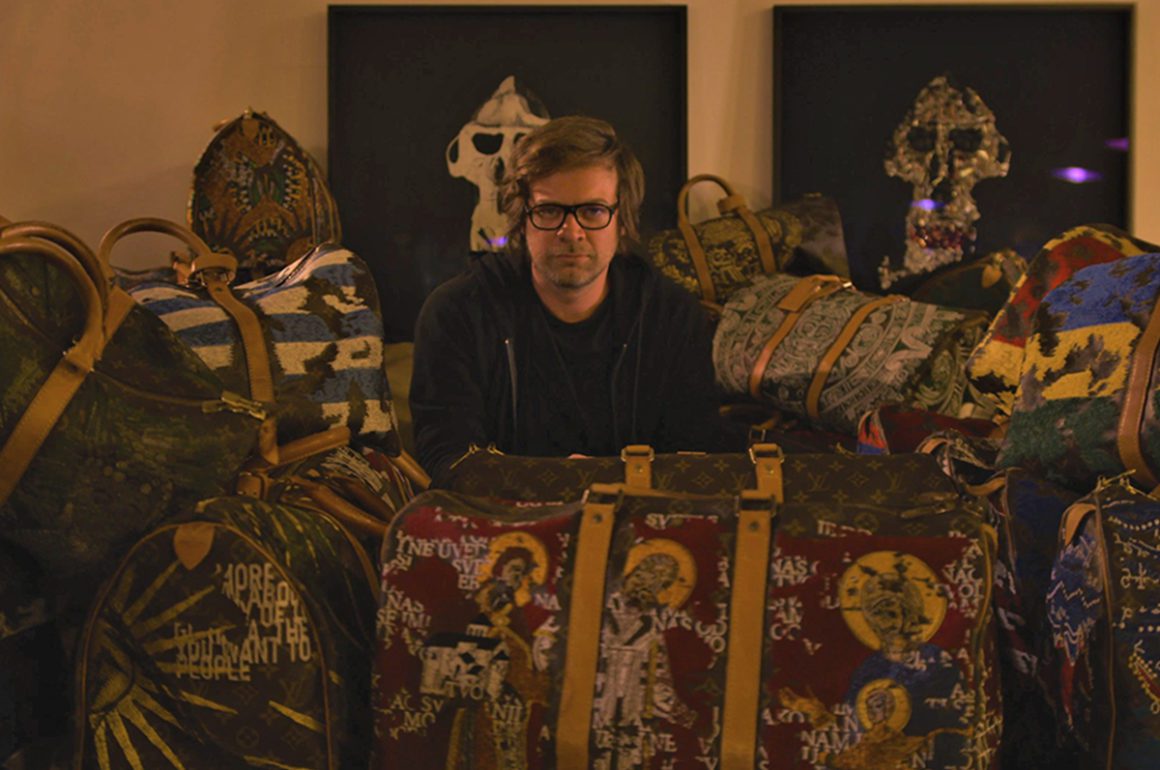
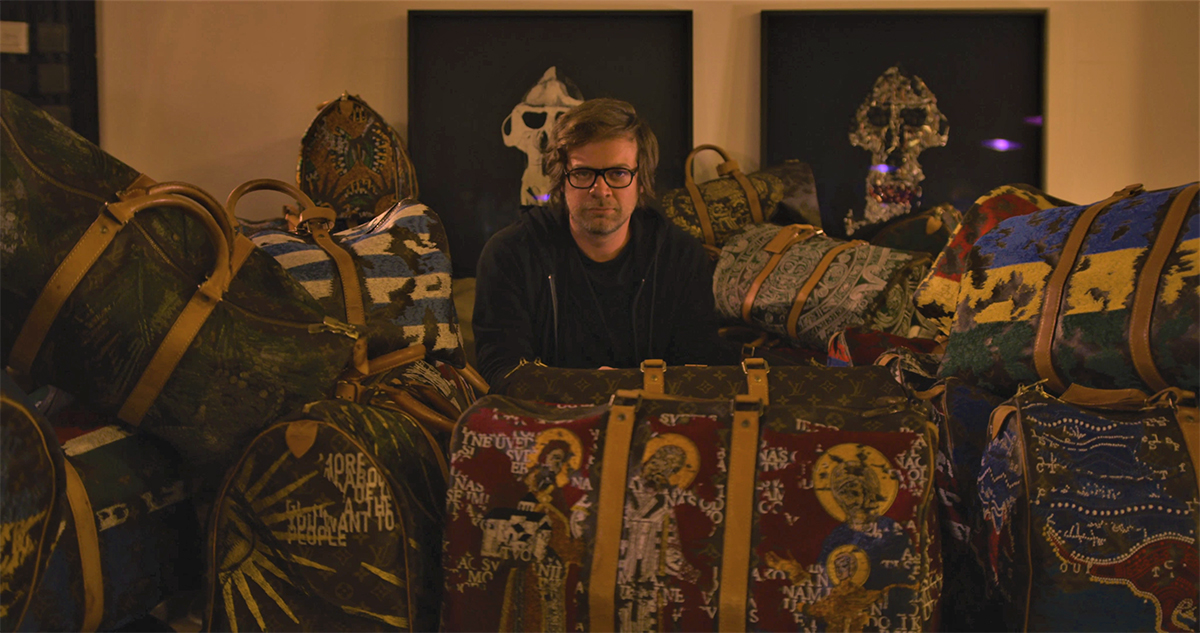
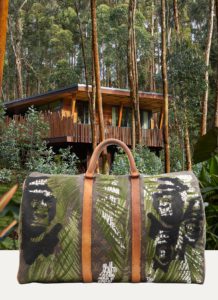 2. Can you tell us your favourite story about one of the bags you’ve sourced?
2. Can you tell us your favourite story about one of the bags you’ve sourced?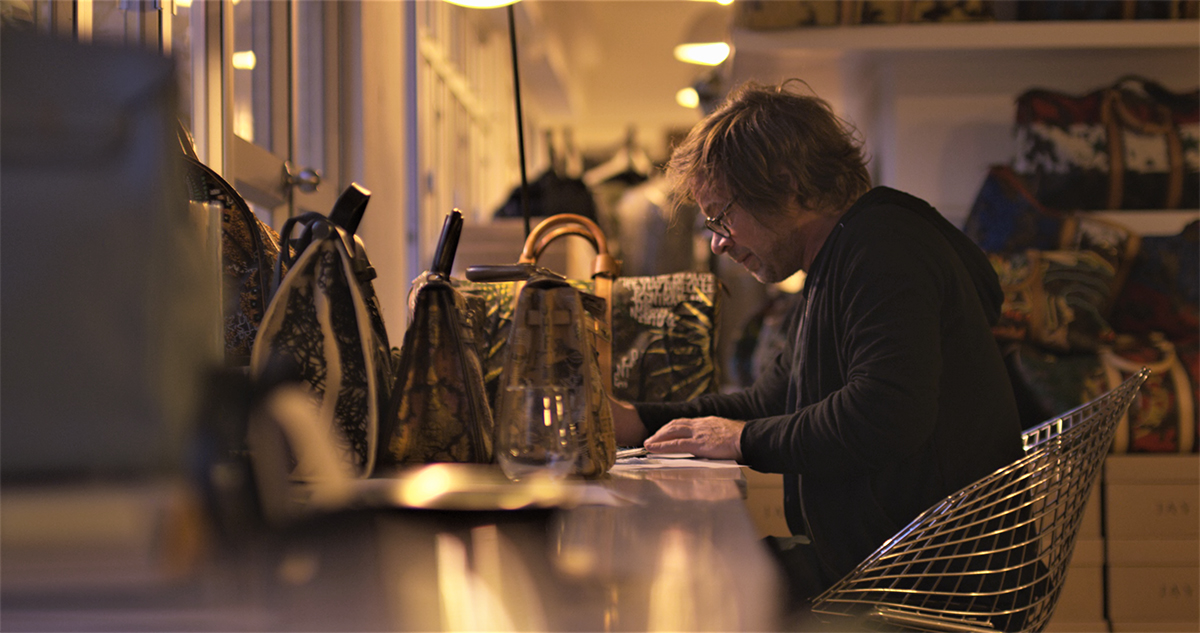
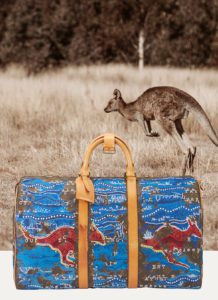
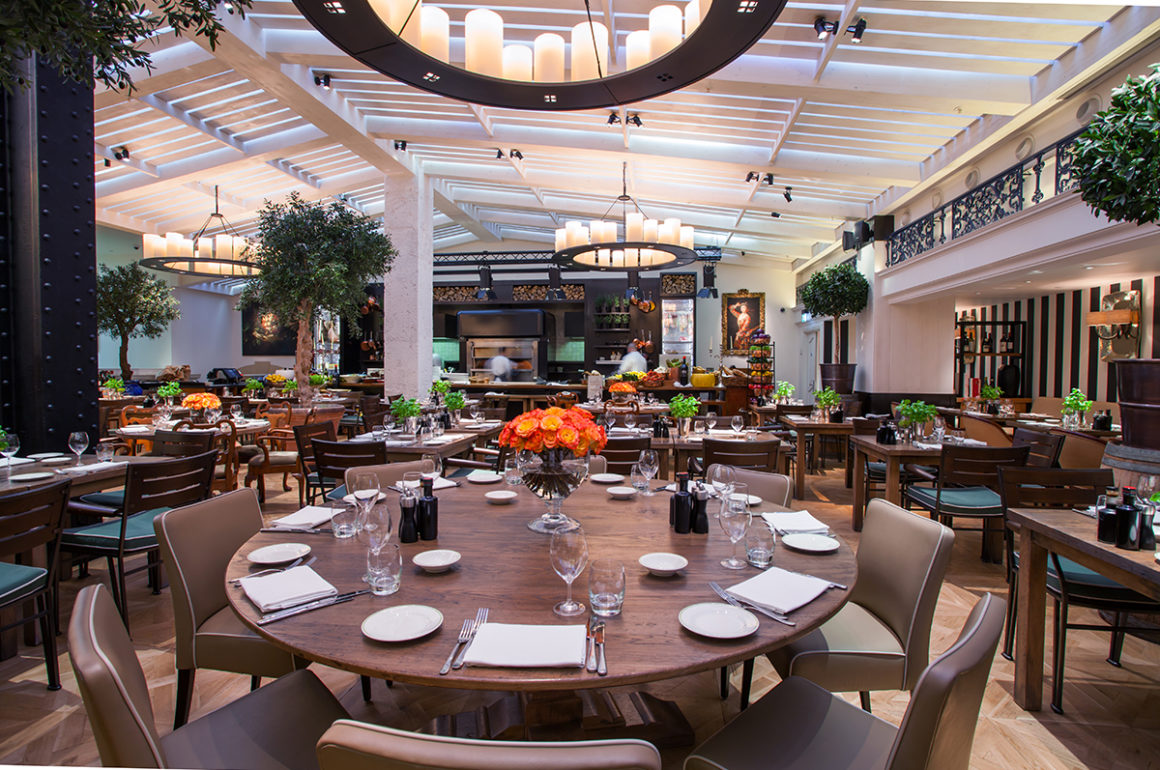
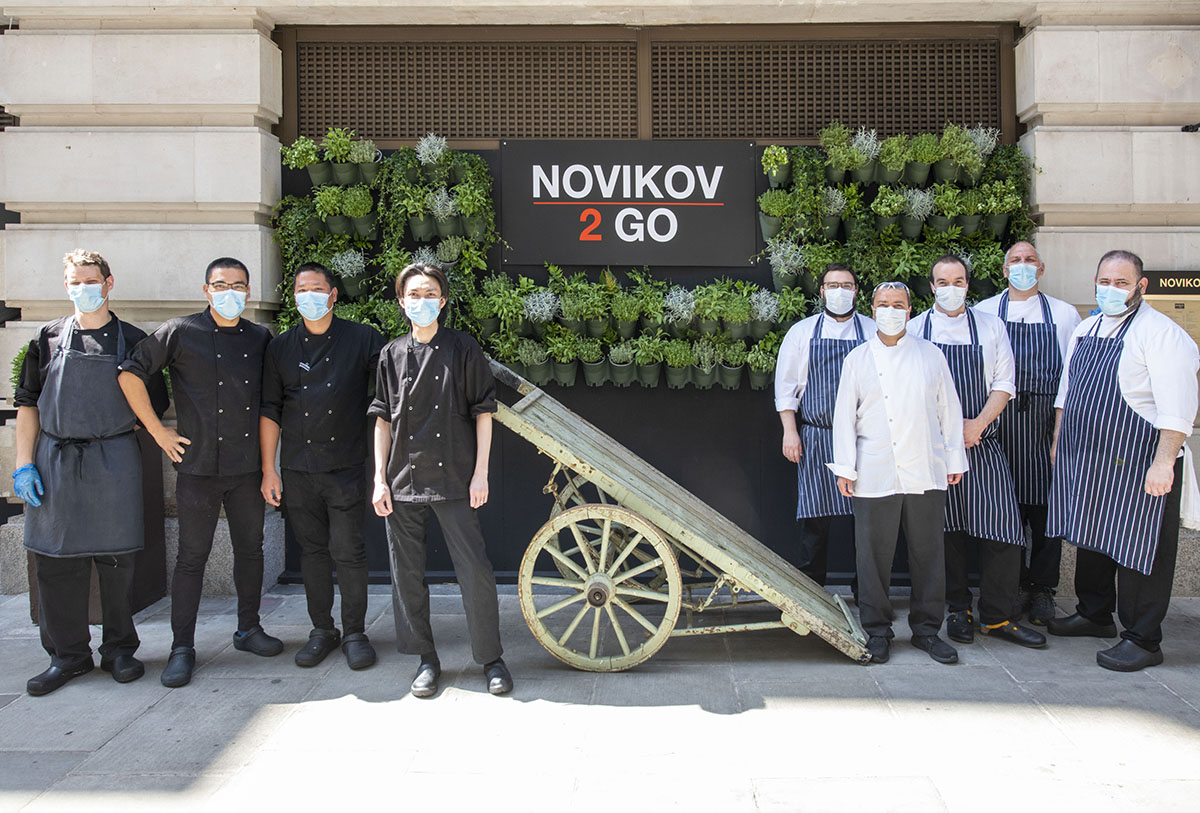
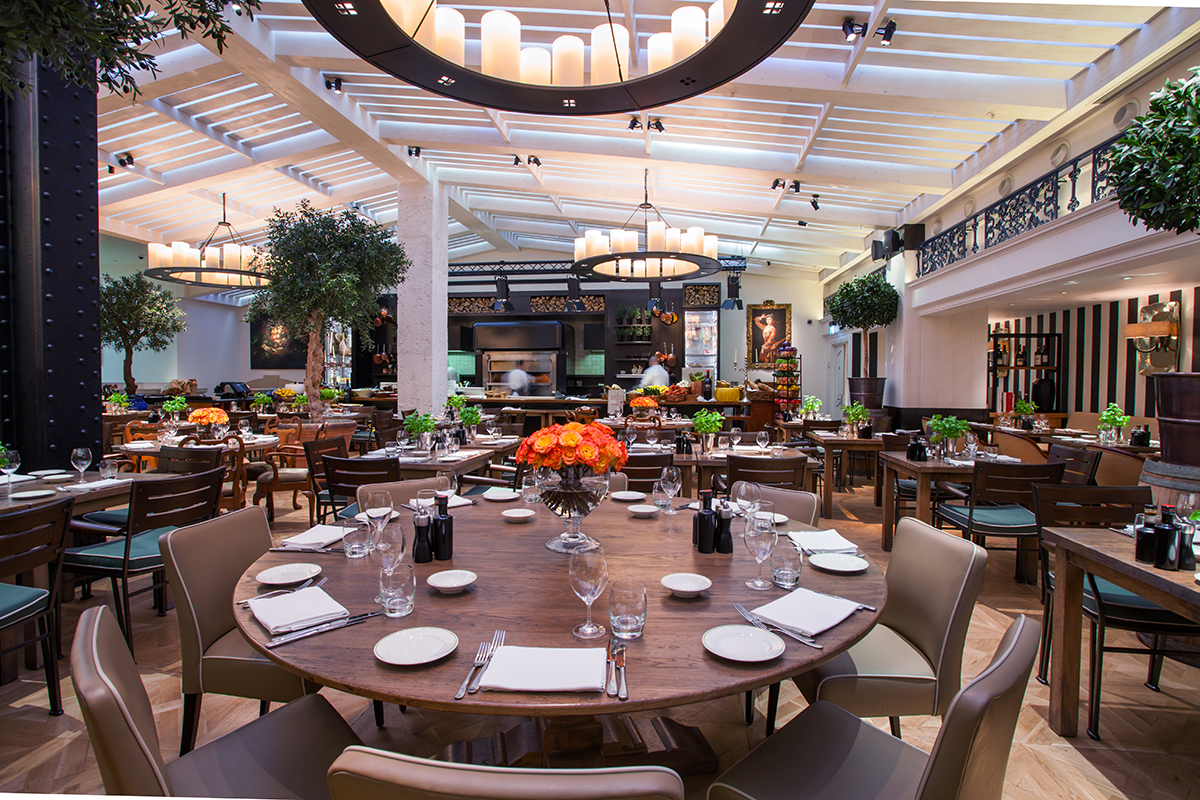
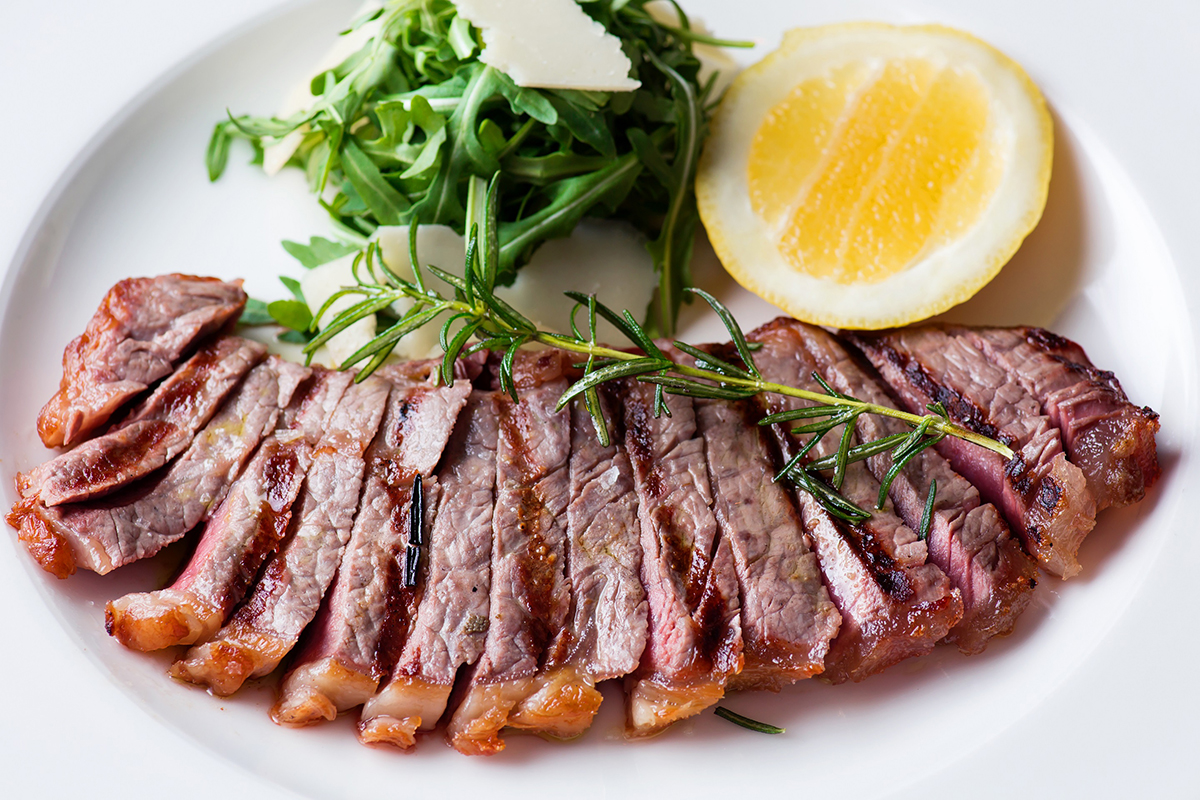
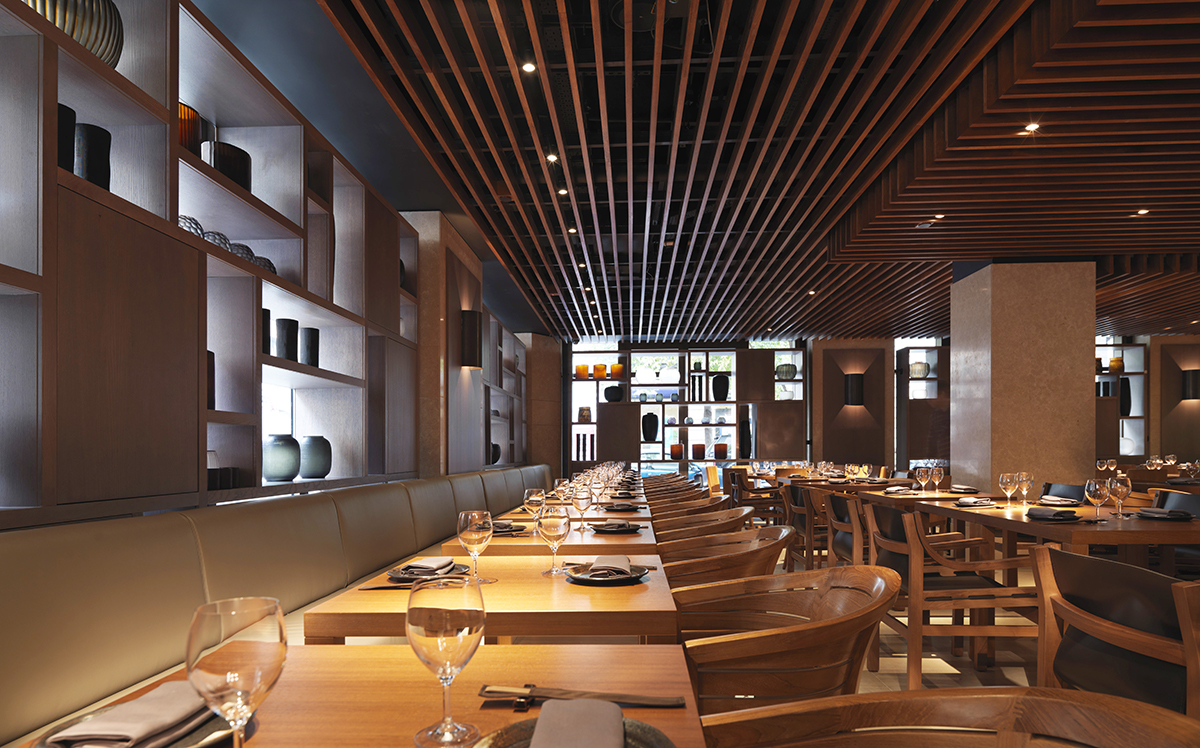
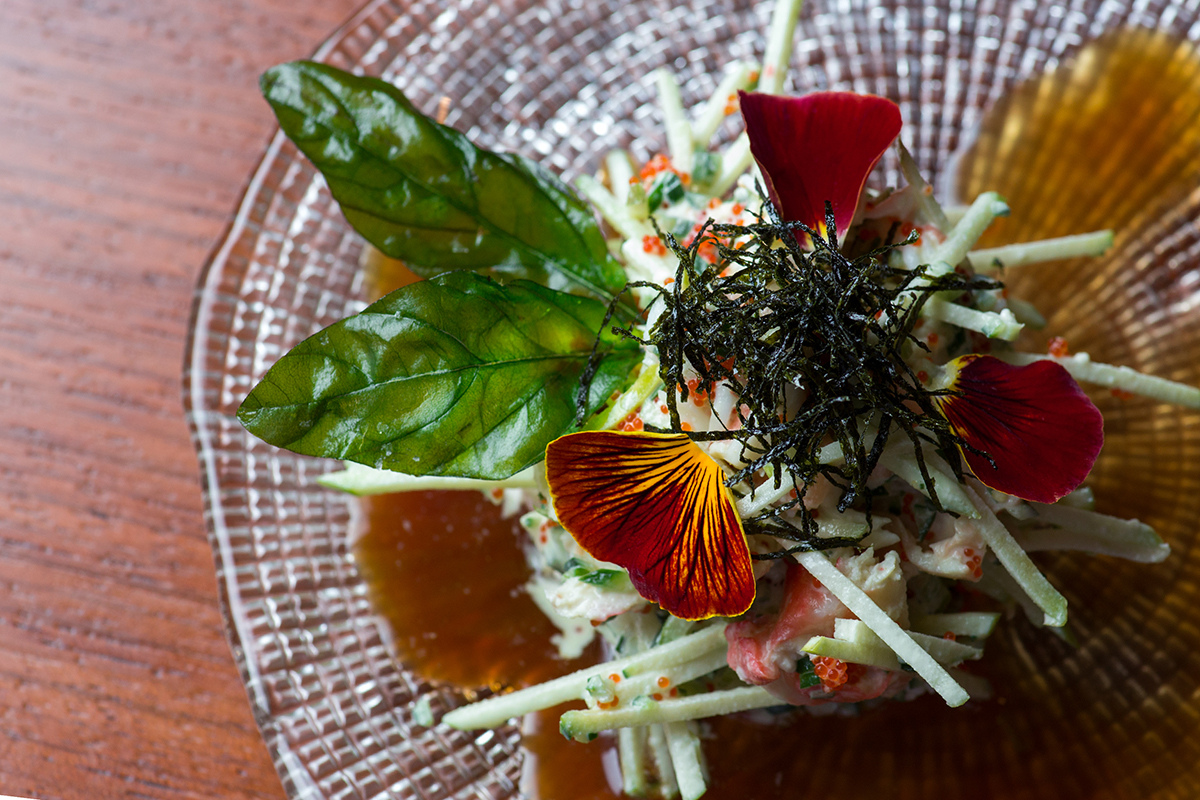
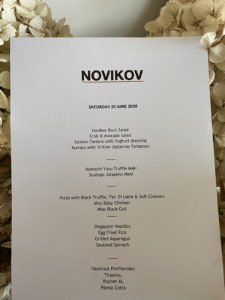

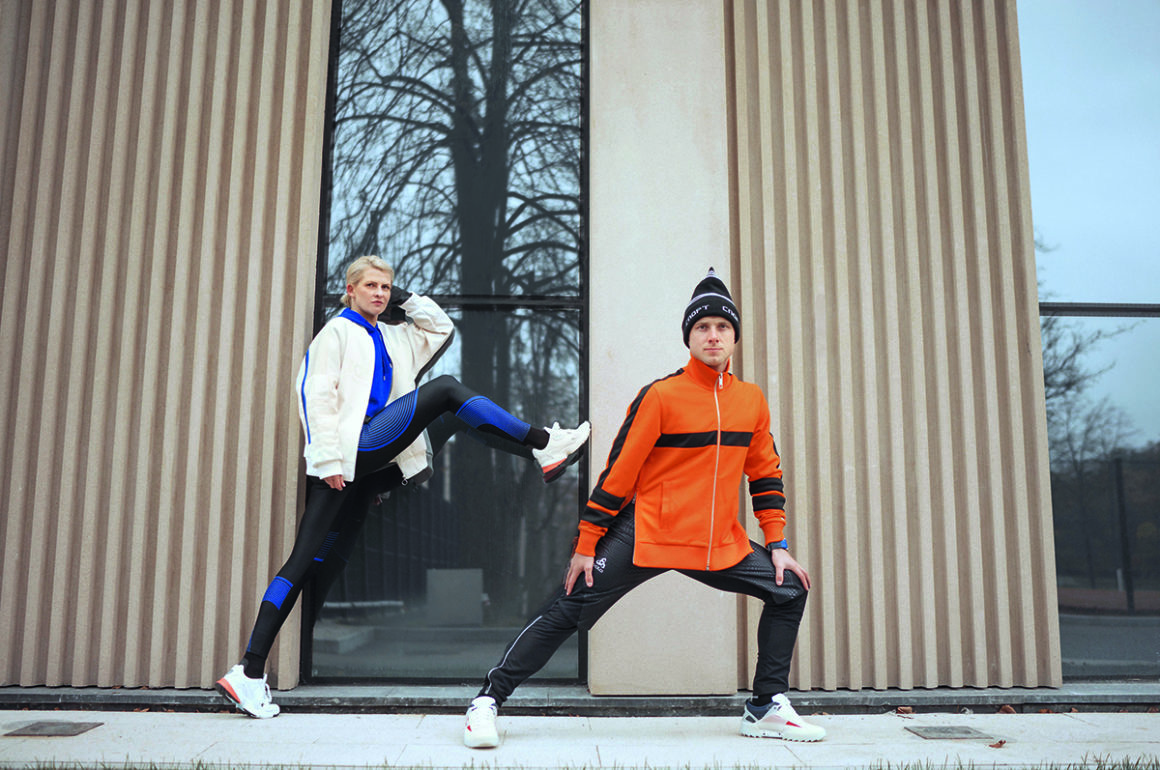





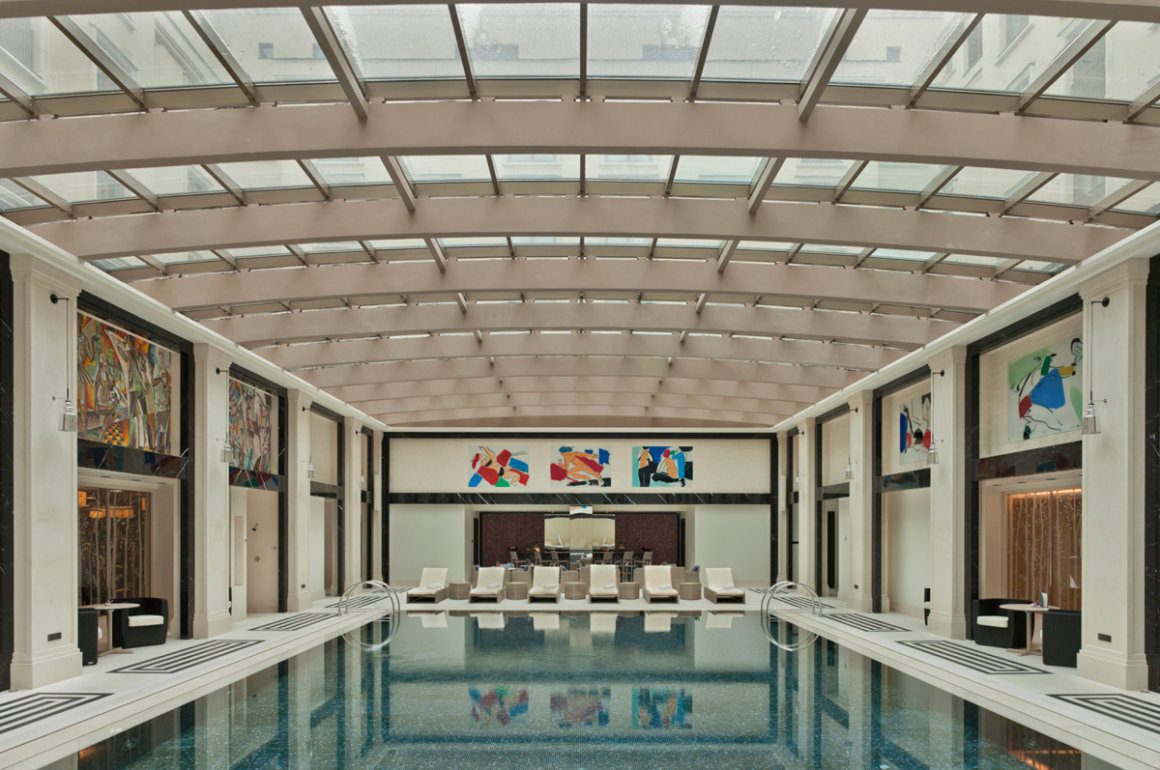
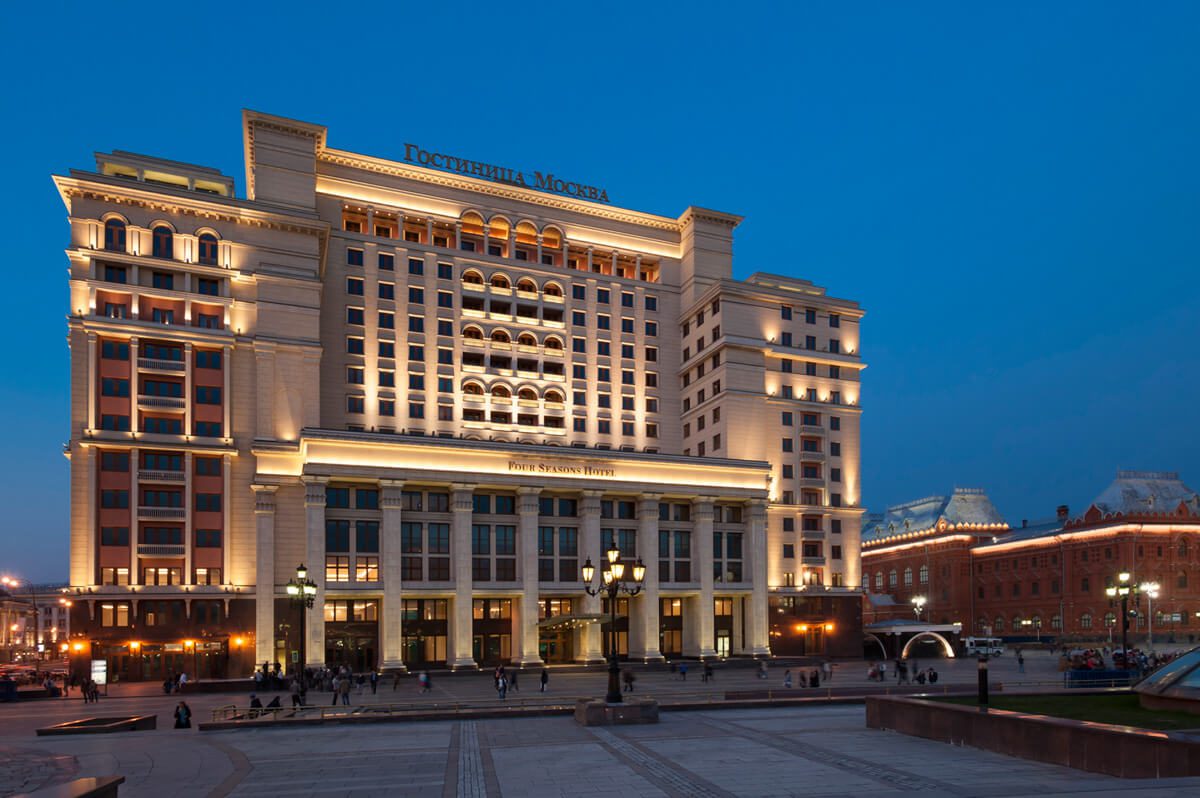
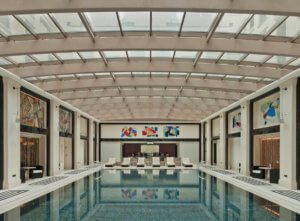
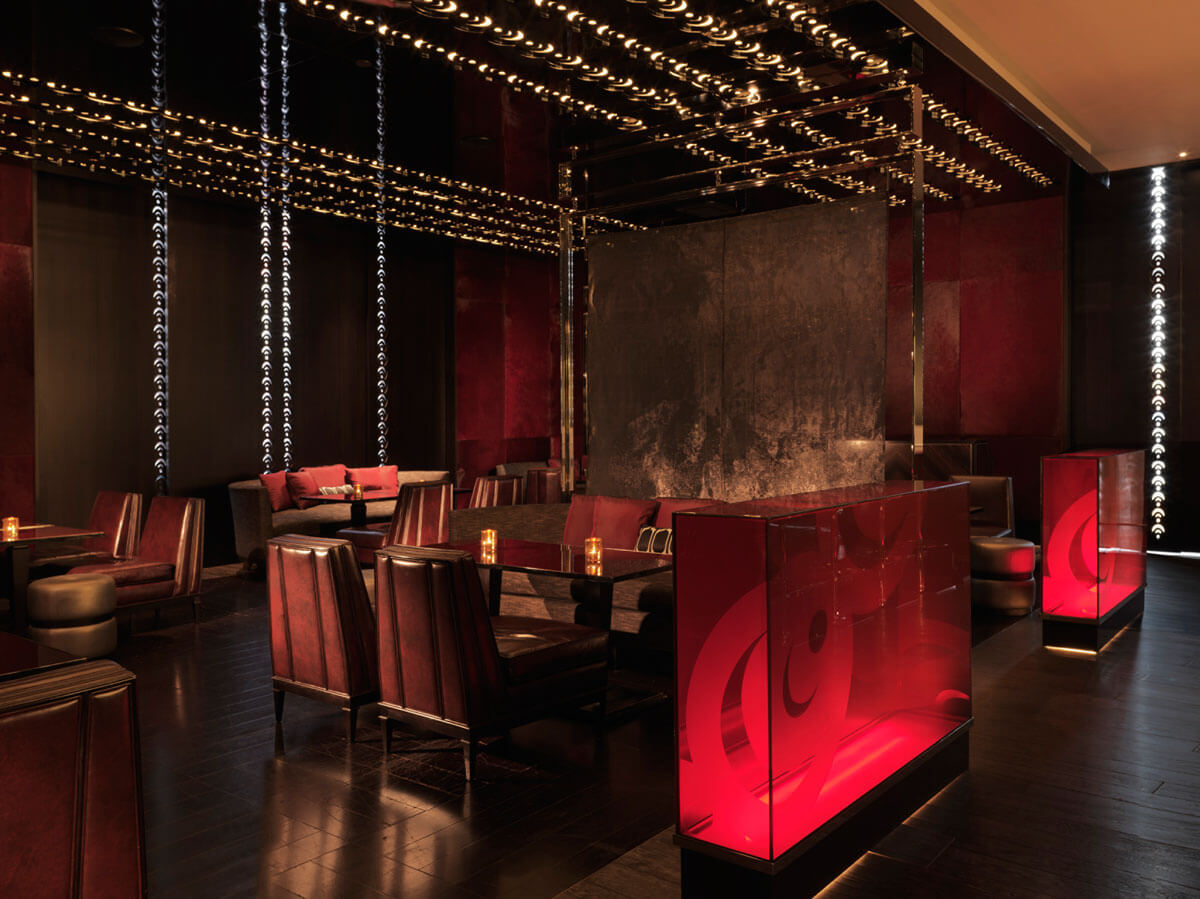
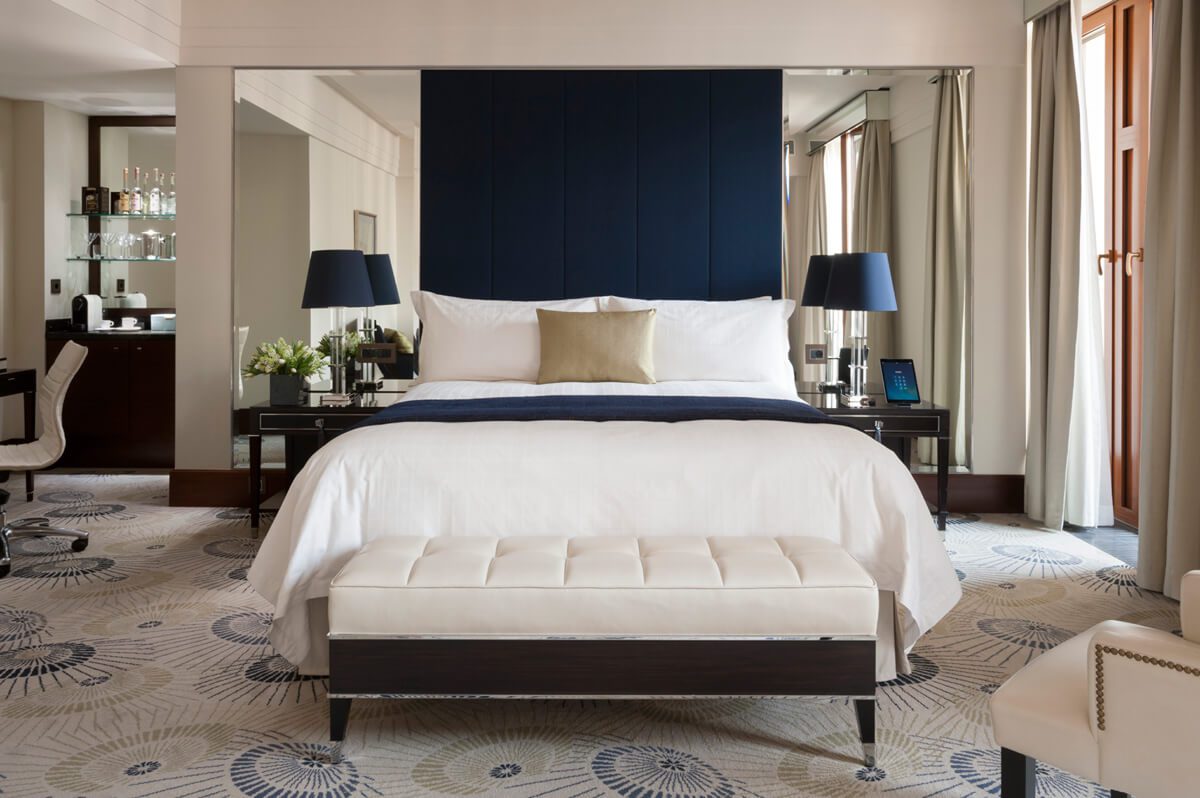
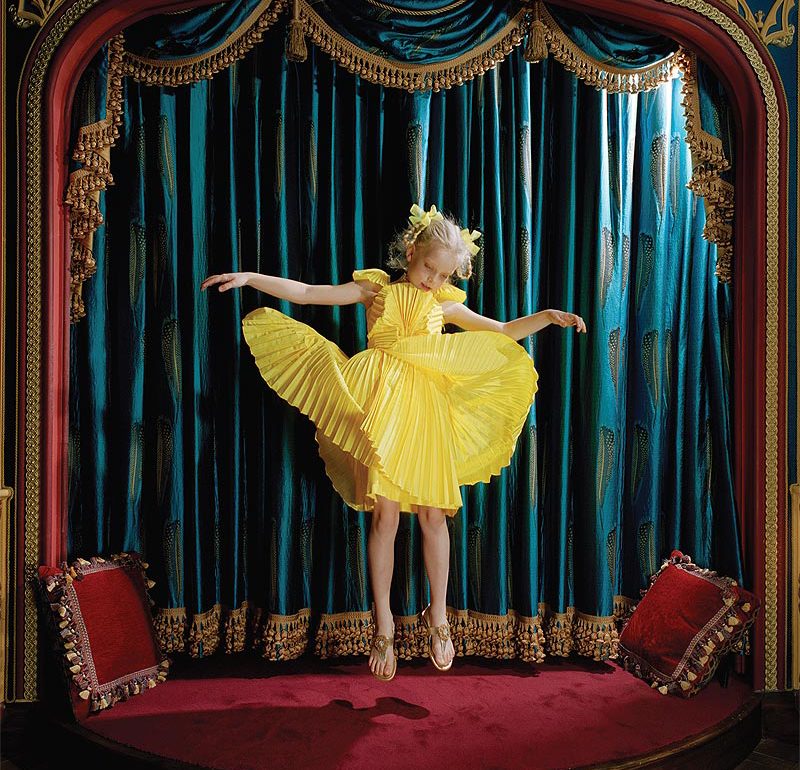
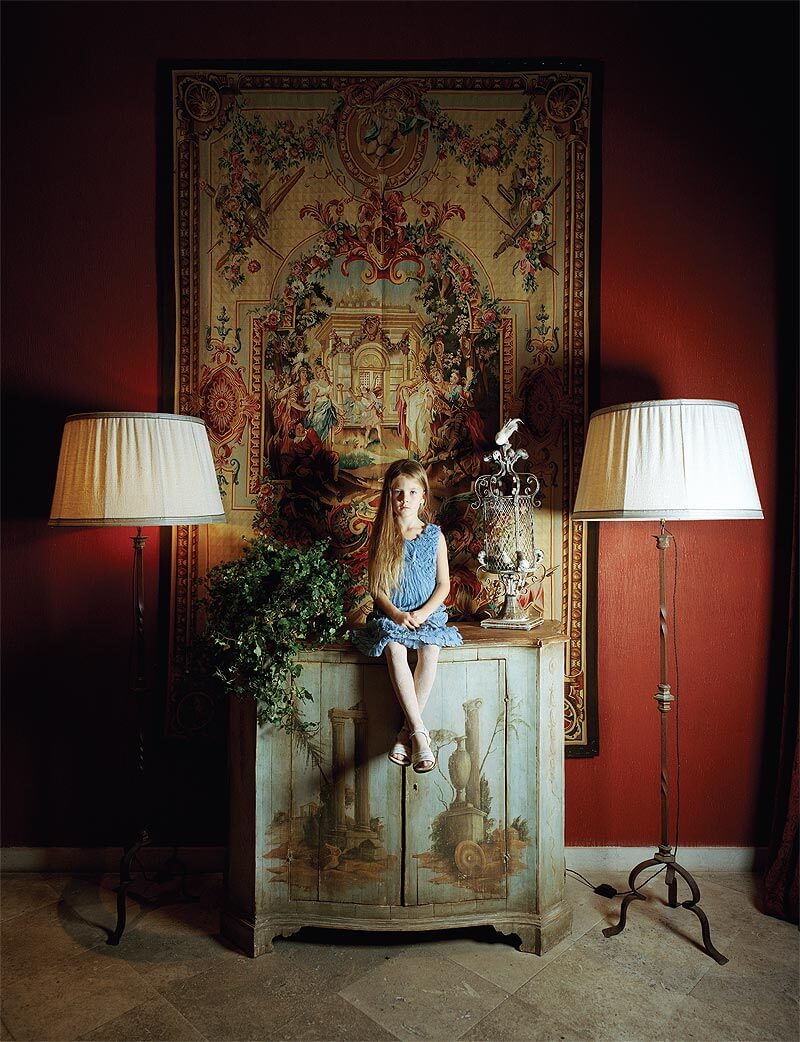

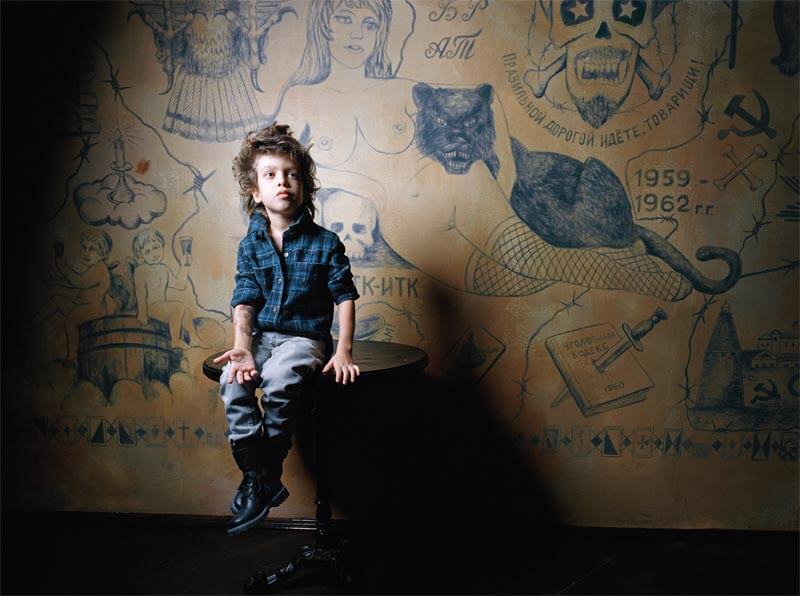
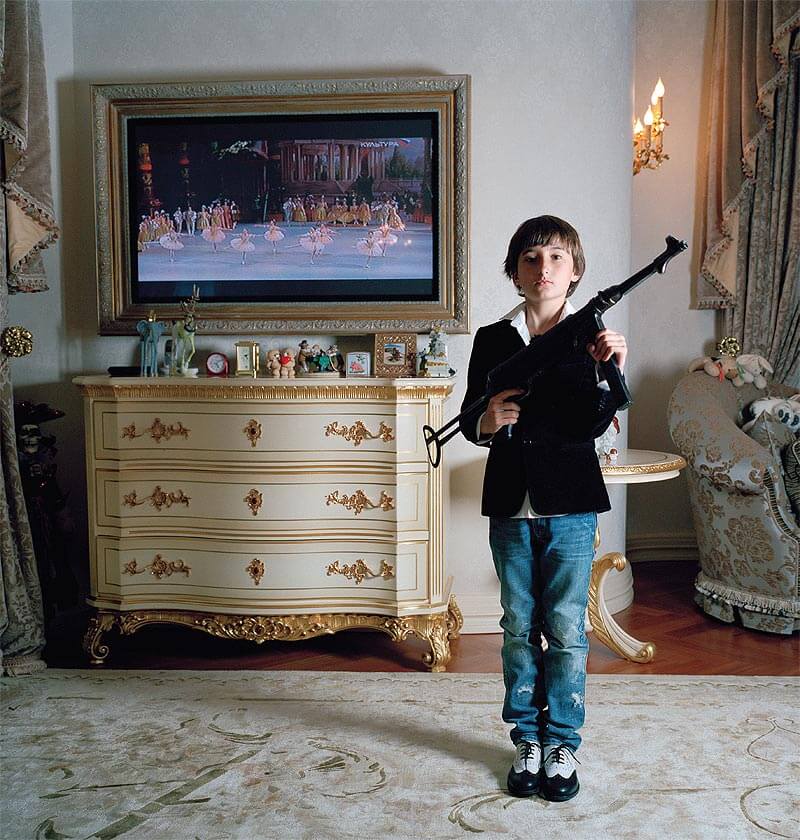
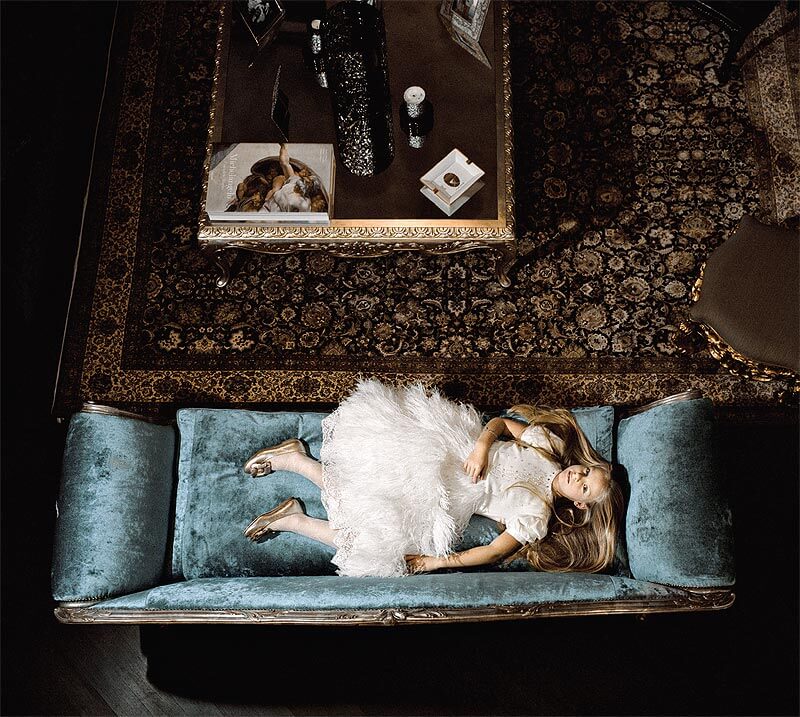


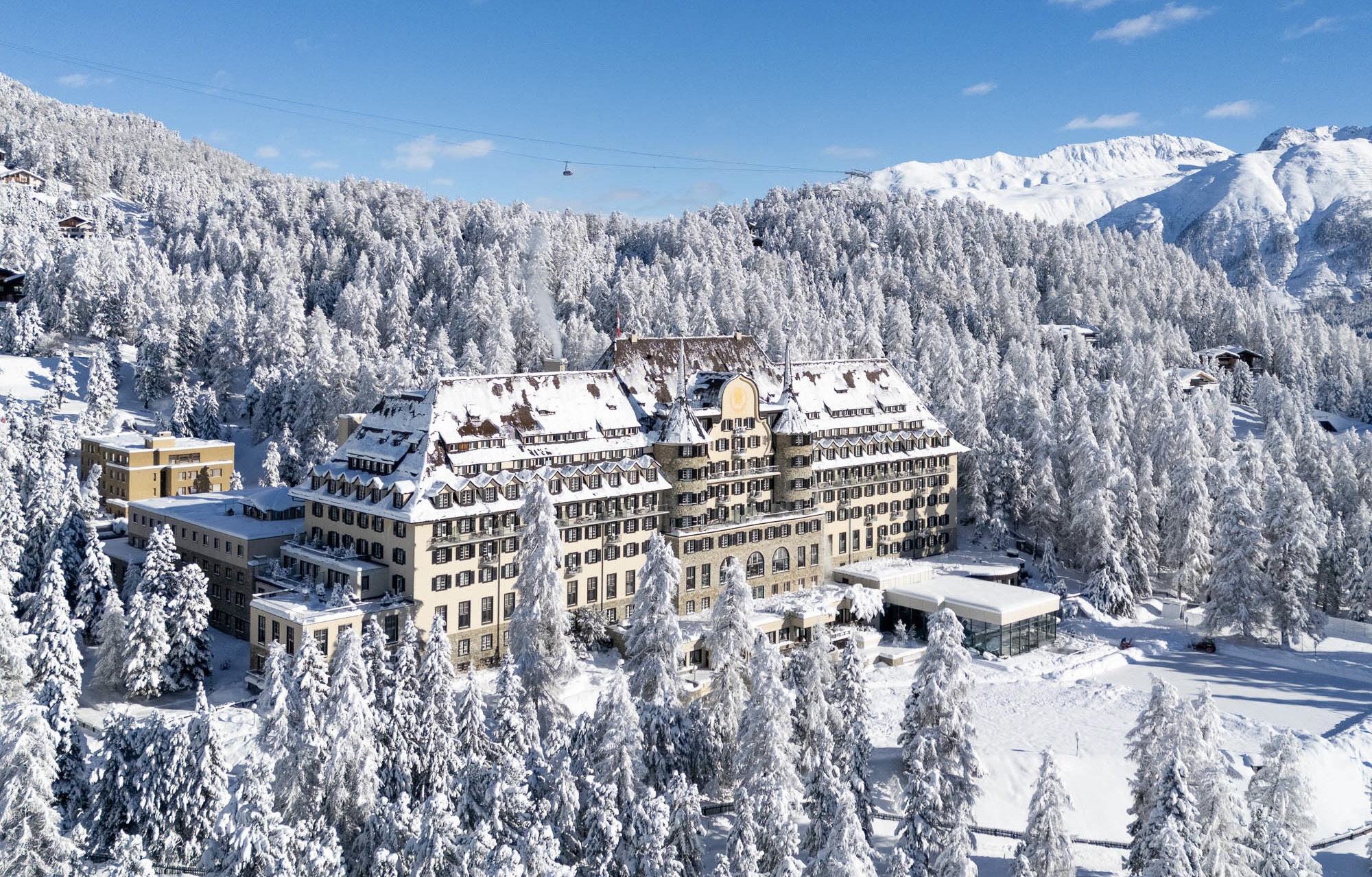


Recent Comments